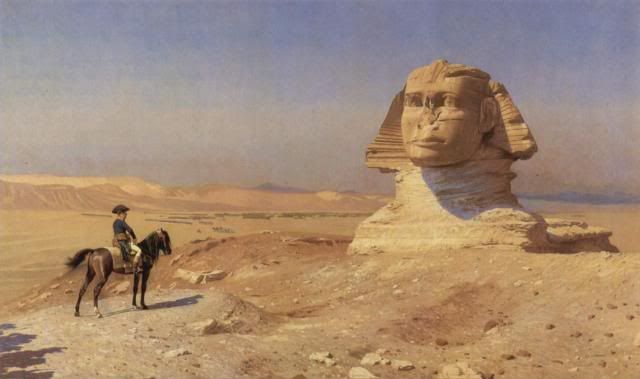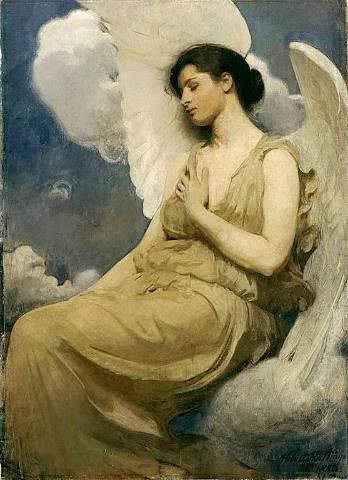









Academic art was first criticised for its use of idealism, by Realist artists such as Gustave Courbet, as being based on idealistic clichés and representing mythical and legendary motives while contemporary social concerns were being ignored. Another criticism by Realists was the "false surface" of paintings—the objects depicted looked smooth, slick, and idealized—showing no real texture. The Realist Théodule Ribot worked against this by experimenting with rough, unfinished textures in his paintings.
As modern art and its avant-garde gained more power, academic art was further denigrated, and seen as sentimental, clichéd, conservative, non-innovative, bourgeois, and "styleless". The French referred derisively to the style of academic art as L'art Pompier (pompier means "fireman") alluding to the paintings of Jacques-Louis David (who was held in esteem by the academy) which often depicted soldiers wearing fireman-like helmets. The paintings were called "grande machines" which were said to have manufactured false emotion through contrivances and tricks.
This denigration of academic art reached its peak through the writings of art critic Clement Greenberg who stated that all academic art is "kitsch". References to academic art were gradually removed from histories of art and textbooks by modernists, who justified doing this in the name of cultural revolution. For most of the 20th century, academic art was completely obscured, only brought up rarely, and when brought up, done so for the purpose of ridiculing it and the bourgeois society which supported it, laying a groundwork for the importance of modernism.
Other artists, such as the Symbolist painters and some of the Surrealists, were kinder to the tradition. As painters who sought to bring imaginary vistas to life, these artists were more willing to learn from a strongly representational tradition. Once the tradition had come to be looked on as old-fashioned, theallegorical nudes and theatrically posed figures struck some viewers as bizarre and dreamlike.
With the goals of Postmodernism in giving a fuller, more sociological and pluralistic account of history, academic art has been brought back into history books and discussion, though many postmodern art historians hold a bias against the "bourgeois" nature of the art. Nevertheless, since the early 1990s, academic art has experienced a limited resurgence through the Classical Realist atelier movement. Still, the art is gaining a broader appreciation by the public at large, and whereas academic paintings once would only fetch a few hundreds of dollars in auctions, they now command millions.

No comments:
Post a Comment